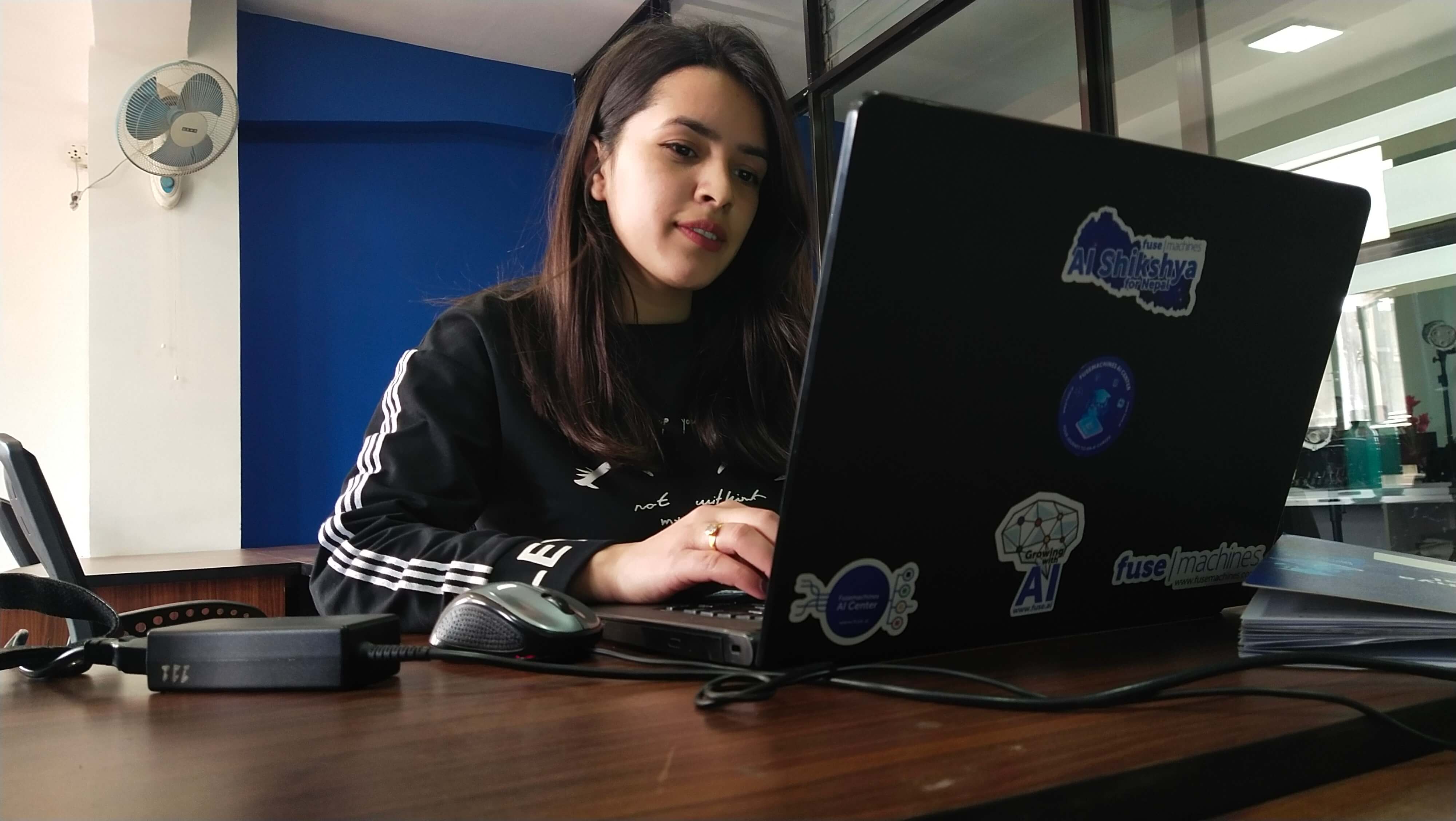Student engagement and interaction leads to positive academic outcomes. A successful online learning program requires interactive opportunities, orientations, training, and support. We’ve compiled a few ways administrators can provide opportunities that foster online engagement.
Build an online community
Building an interactive learning community alleviates challenges of physical separation, lack of in person interaction, and isolation and encourages student collaboration. Online communities can be built by promoting group activities such as discussions or projects. Admins can train teachers and counselors to check up on students and foster a sense of belonging. Studies showed that online communities increased engagement rates by 5 times and yielded higher retention rates.
Read more about how principals can build online communities in our blog here!
Apply course material
Admins should focus on the learner-centered approach and develop modules that encourage real life application of course material. Lack of practical knowledge can disengage students and cause them to forget what they’ve learned. Implement effective strategies such as online discussions, real-world research, inviting experts as guest speakers, publishing papers, and so on.
Integrate gamification features
A versatile, student-friendly, and interactive LMS is one of the important tools for creating a successful learning experience. Schools should employ gamification features such as badges and rewards for assignments, leaderboards for peer and team competition, points to track the learning progress, and so on. These activities encourage students to compete and stay in the game.
Promote blended learning
A blend of synchronous and asynchronous learning caters to multiple learning styles. Schools should adopt a “flipped classroom” modality and train faculty in creating interactive downloadable course content. Hosting training sessions about adopting self-paced learning should be also considered. When students are allowed to take part in both independent and mentored learning, they’re more likely to form stronger mental connections.
Check out our blog about blended learning here!
Provide feedback and self-assessment
Incorporating verbal or written feedback on the LMS encourages accountability and self-assessment. Feedback can also be collected through SurveyMonkey, Google Forms, and TypeForms. Involve students and ask them to reflect on the pros and cons of their learning experiences. Feedback should also include self-assessment, giving students the opportunity to take ownership of their learning.
The unprecedented challenges of the current moment make it all the more important to go above and beyond making sure students are engaged in their communities. Implementing these strategies helps do that and improve the learning experience as a whole.

